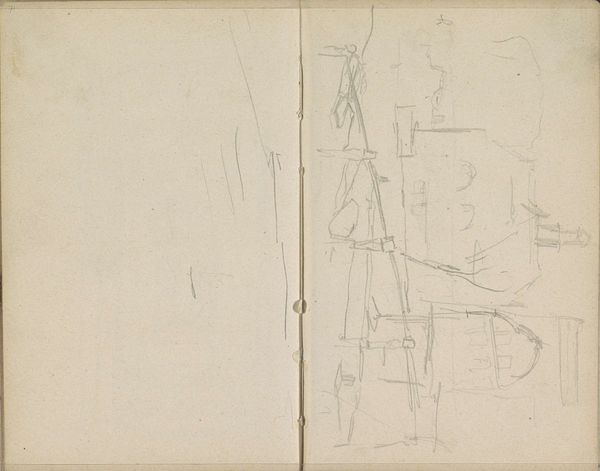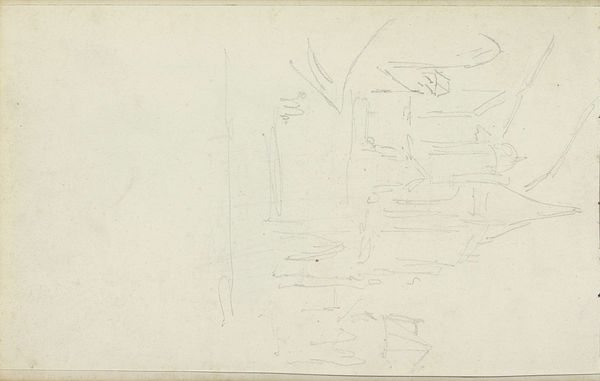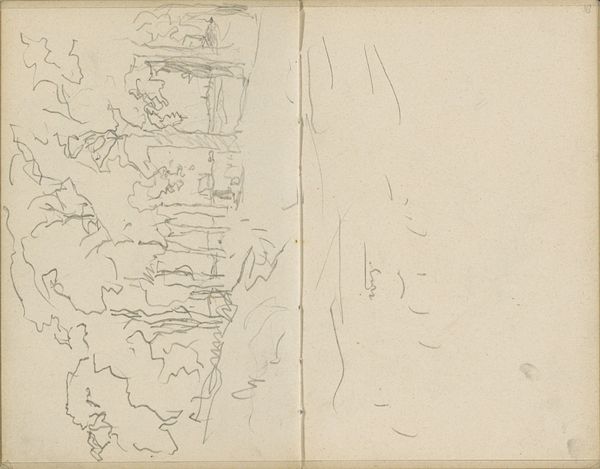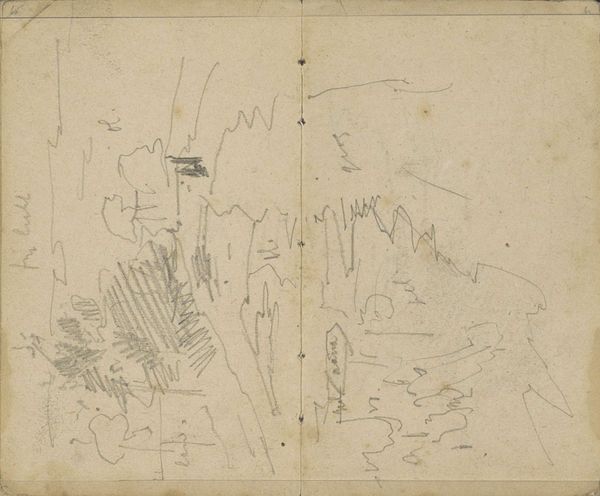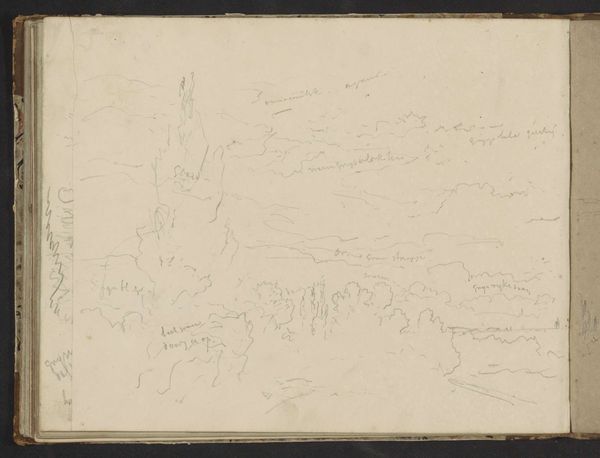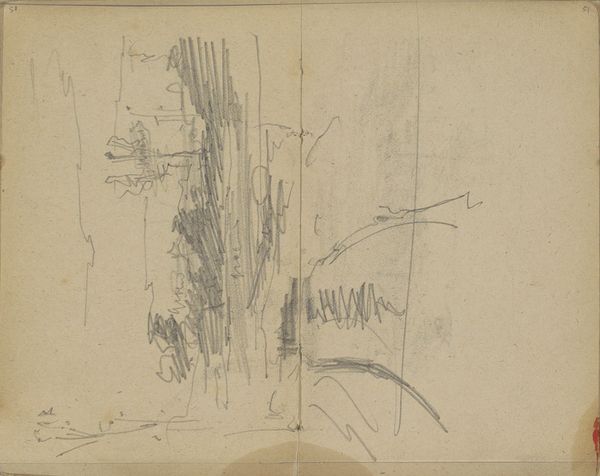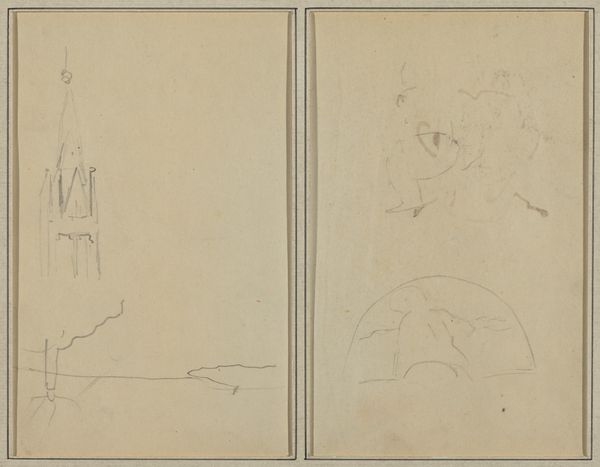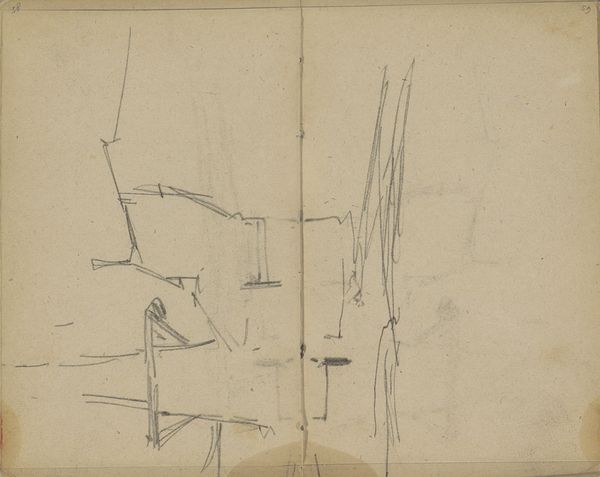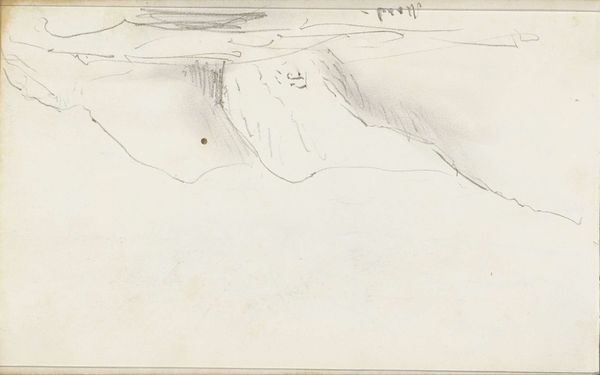
drawing, pencil
#
drawing
#
dutch-golden-age
#
landscape
#
pencil
Copyright: Rijks Museum: Open Domain
Editor: So, this is Johannes Tavenraat's "Landscape with Trees Along a Country Road," a pencil drawing likely created between 1839 and 1872. It has a quiet, almost hesitant quality, wouldn’t you say? What can you tell me about its context? Curator: It’s a compelling image because it encapsulates the Dutch relationship to landscape at that time. Consider the rise of landscape painting's popularity; how was it shaped by growing national pride and the evolving role of the individual within society? Editor: Hmm, interesting, could you elaborate on that connection to national pride? Curator: Sure. In the 19th century, depicting the Dutch countryside became a way of asserting a distinct national identity. This drawing, although a preliminary sketch, speaks to that sensibility. What do you observe in this work? How might this connect to a rising middle class? Editor: I guess I hadn't really thought of it like that. I just assumed the artist simply sketched the country! Curator: Often, artists sought to portray the 'authentic' Dutch experience, finding dignity in the familiar scenery. Why do you think Tavenraat might have used pencil as the medium? Consider accessibility of art making and how artists trained in the academy used landscape. Editor: Maybe pencil drawings were more accessible, like an early form of plein air sketches accessible to amateurs too? I didn't even realize how important landscape art was for national identity at the time. Curator: Exactly. That connection between art, nation, and individual experience is really significant. Understanding that can open up a richer appreciation for works like these, don't you think? Editor: I do. It gives the art work another dimension, and links back to people! I’ll definitely remember that as I study other pieces!
Comments
No comments
Be the first to comment and join the conversation on the ultimate creative platform.

